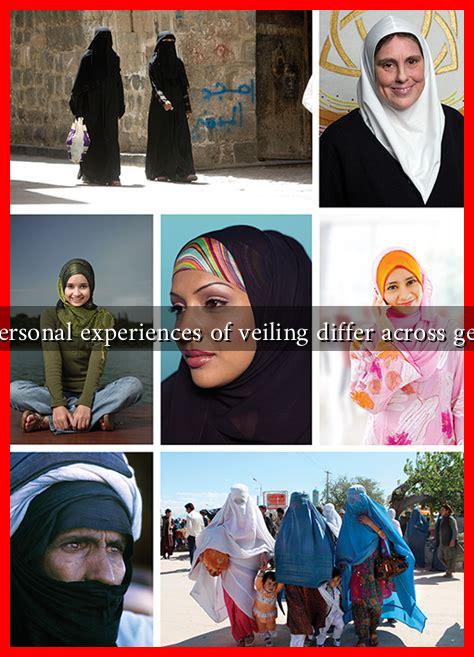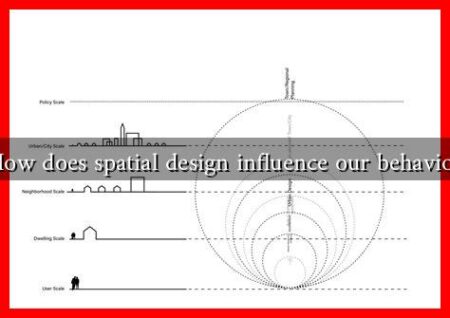-
Table of Contents
- How Do Personal Experiences of Veiling Differ Across Generations?
- The Historical Context of Veiling
- Generational Perspectives on Veiling
- Older Generations: Tradition and Identity
- Middle Generations: Balancing Tradition and Modernity
- Younger Generations: Empowerment and Reclamation
- Case Studies and Statistics
- Conclusion
How Do Personal Experiences of Veiling Differ Across Generations?
The practice of veiling, often associated with various cultural and religious traditions, has evolved significantly over the years. For many women, veiling is a deeply personal choice influenced by a myriad of factors, including family, religion, and societal norms. This article explores how personal experiences of veiling differ across generations, highlighting the complexities and nuances that shape these experiences.
The Historical Context of Veiling
Veiling has a long history, with roots in various cultures and religions. In many Islamic societies, the hijab and other forms of veiling have been worn for centuries, often symbolizing modesty and piety. However, the meaning and significance of veiling have transformed over time, influenced by political, social, and economic changes.
- Pre-20th Century: Veiling was often a sign of social status and cultural identity.
- Mid-20th Century: The rise of feminism and secularism led to a reevaluation of veiling, with some women choosing to remove their veils as a form of liberation.
- 21st Century: A resurgence of interest in veiling among younger generations has emerged, often framed as a personal choice rather than a societal obligation.
Generational Perspectives on Veiling
Understanding how personal experiences of veiling differ across generations requires examining the perspectives of women from various age groups. Each generation brings its own set of values, beliefs, and experiences that shape their relationship with veiling.
Older Generations: Tradition and Identity
For many women from older generations, veiling is often intertwined with cultural and religious identity. These women may view the practice as a tradition passed down through generations, representing a connection to their heritage.
- Sense of Duty: Many older women feel a sense of obligation to uphold family traditions and religious practices.
- Community Acceptance: Veiling can foster a sense of belonging within their communities, reinforcing social ties.
- Resistance to Change: Some older women may resist modern interpretations of veiling, viewing them as a departure from traditional values.
Middle Generations: Balancing Tradition and Modernity
Women from middle generations often find themselves navigating the complexities of tradition and modernity. They may have been raised in environments where veiling was common but also exposed to more liberal ideologies.
- Personal Choice: Many women in this group may choose to veil or not based on personal beliefs rather than societal pressure.
- Negotiating Identity: They often negotiate their identities, balancing cultural expectations with personal freedom.
- Influence of Education: Higher education levels can lead to more nuanced views on veiling, with some women advocating for the right to choose.
Younger Generations: Empowerment and Reclamation
For younger women, veiling is frequently seen as an act of empowerment and self-expression. This generation often embraces veiling as a choice that reflects their individuality and beliefs.
- Reclaiming Agency: Many young women view veiling as a way to reclaim their agency in a world that often objectifies women.
- Fashion and Identity: The rise of social media has transformed veiling into a fashion statement, with influencers showcasing diverse styles.
- Global Perspectives: Exposure to global cultures has led to a more diverse understanding of veiling, with some women adopting it as a form of cultural appreciation.
Case Studies and Statistics
Research indicates that the perception of veiling varies significantly across generations. A study conducted by the Pew Research Center found that:
- Approximately 60% of Muslim women aged 18-29 in Western countries view wearing a hijab as a personal choice.
- In contrast, only 30% of women aged 50 and above share this sentiment.
These statistics highlight the generational shift in attitudes towards veiling, emphasizing the importance of personal agency in contemporary discussions about the practice.
Conclusion
The personal experiences of veiling differ markedly across generations, shaped by cultural, social, and individual factors. While older generations may view veiling as a tradition tied to identity, middle generations often navigate the complexities of modernity, and younger generations frequently embrace it as a form of empowerment. Understanding these differences is crucial for fostering dialogue and respect among women of all backgrounds. As society continues to evolve, so too will the narratives surrounding veiling, reflecting the diverse experiences of women across the globe.
For further reading on the topic, you can explore resources from organizations like Pew Research Center and Women’s Rights Organizations.




